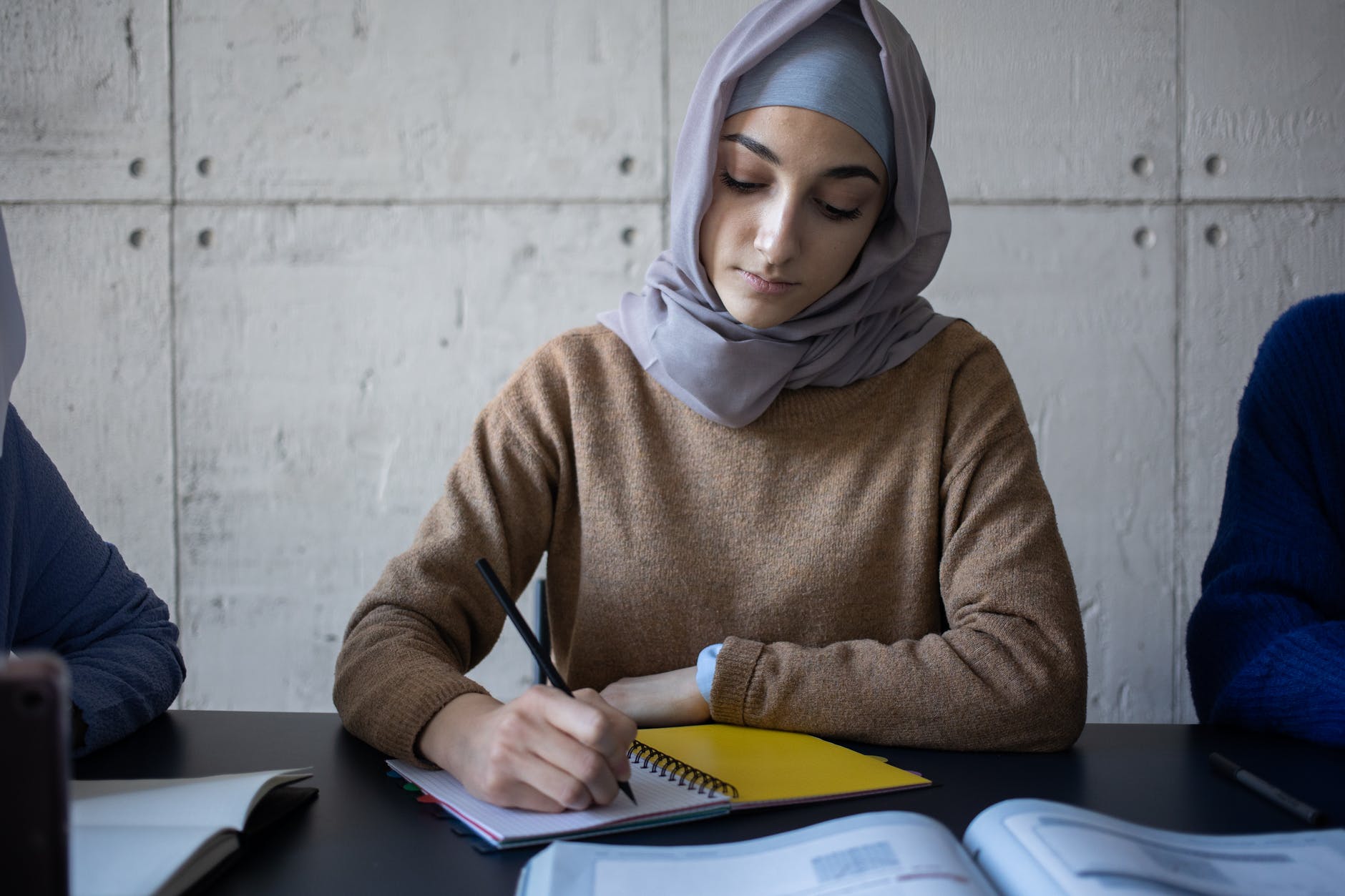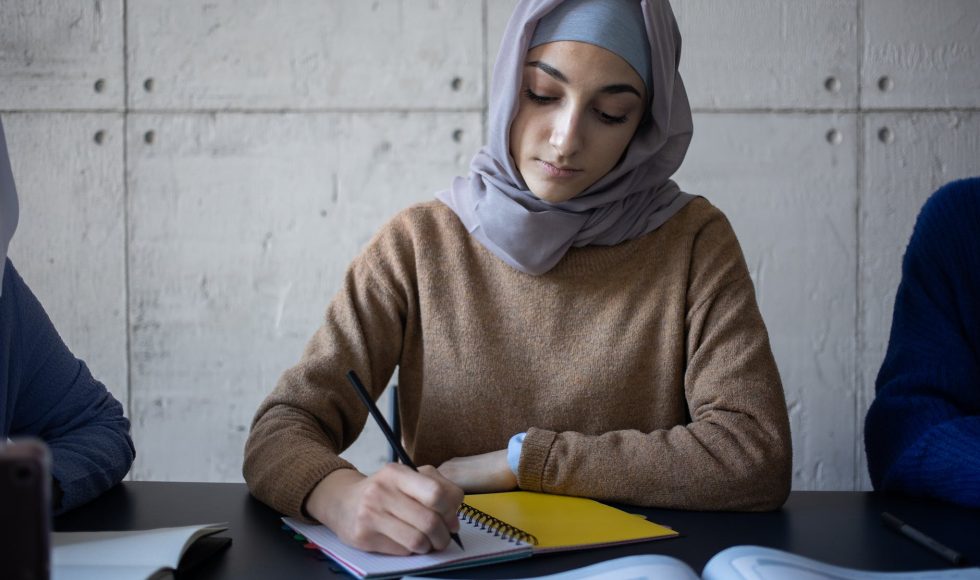Yesterday’s Open Ed 2021 session left me thinking and rereading my post. Tonight we continued watching sessions. The one we watched was entitled “When Students Create OER: What We’ve Learned and What’s Next at MIT OpenCourseWare” with speakers Ashay Athalye, Sarah Hansen, Curt Newton, and Paige Dote from MIT Open Course Ware. Newton is the OpenCourseWare (OCW) Director and has been with OCW since the beginning. Athalye is a student along with Dote. OCW has been around for twenty years! On their website, they have material from over 2600 courses, according to Newton. Videos are shared on YouTube with one of the highest .edu subscriber lists. They also have instructor insights and chalk talks. Newton mentioned they are working on launching a new mobile-friendly platform. Newton noted that with 1 million website users and 2 million visits, and 5 million YouTube views, OSW caters to diverse users. I did not know that OCW shared sample student work including media! Student projects in the field are also shared. Over 20% of OCW courses have exemplary coursework from assignments and projects. Students are identified by course faculty, and then OCW invites them to participate. By default, they are anonymously credited, and they can opt-in to be named. They are now working with students and the OCW Student Corps. Hansen described how this program creates opportunities for open pedagogy. They want to interview students and share their open pedagogy experience. Hansen explained that including student voice will make inclusive OER. Athalye talked about the development of the Student Corps. It is currently a pilot program. Athalye talked about how much they use OCW to study for courses at MIT and as lifelong learners. An example that was shared was a site with math notes by a student. Athalye asked: “can students help out and push faculty over the threshold?” Some options listed were compensation of students, resume building, learning through creating, and giving back to OCW for the students; and teaching/sharing knowledge, reputation, and preparation for in-person teaching for faculty. The next question Athalye asked was: what is the core material we need to collect? Traditional and non-traditional assignments were listed as items they wish to collect. For the fall of 2021, they are working with students to collect notes for an algebra course. This includes compiling notes and making one thorough set with questions and answers. For a market design course, students are collaborating on creating comprehensive homework solutions. In an econometrics course, students are using iPads to take notes during class that will be paired with the audio. For an introduction to media studies course, students rotate notetaking. Some of the challenges noted revolved around verifying the information. The three motivations Athalye listed for this pilot were: efficiency, insights, and enrichment. The vision they shared includes raising awareness and creating an ethos of readability and an ethos of creation and sharing. Dote spoke about student contributions. During the question and answer discussion, one question was how did OCW recruit students. They mentioned that they used student surveys to gauge interest and recruit contributors. Further, they get paid for their work and contributions. They pay $15/hr based on the minimum wage conversations. Newton mentioned donor funding is being used for this and the platform updates. Athalye mentioned some MIT professors are now including assignments in which students rotate taking high-quality notes as part of their grade. This was a really interesting session! I know RLOE and OCW have connected. I hope we can do more together.



